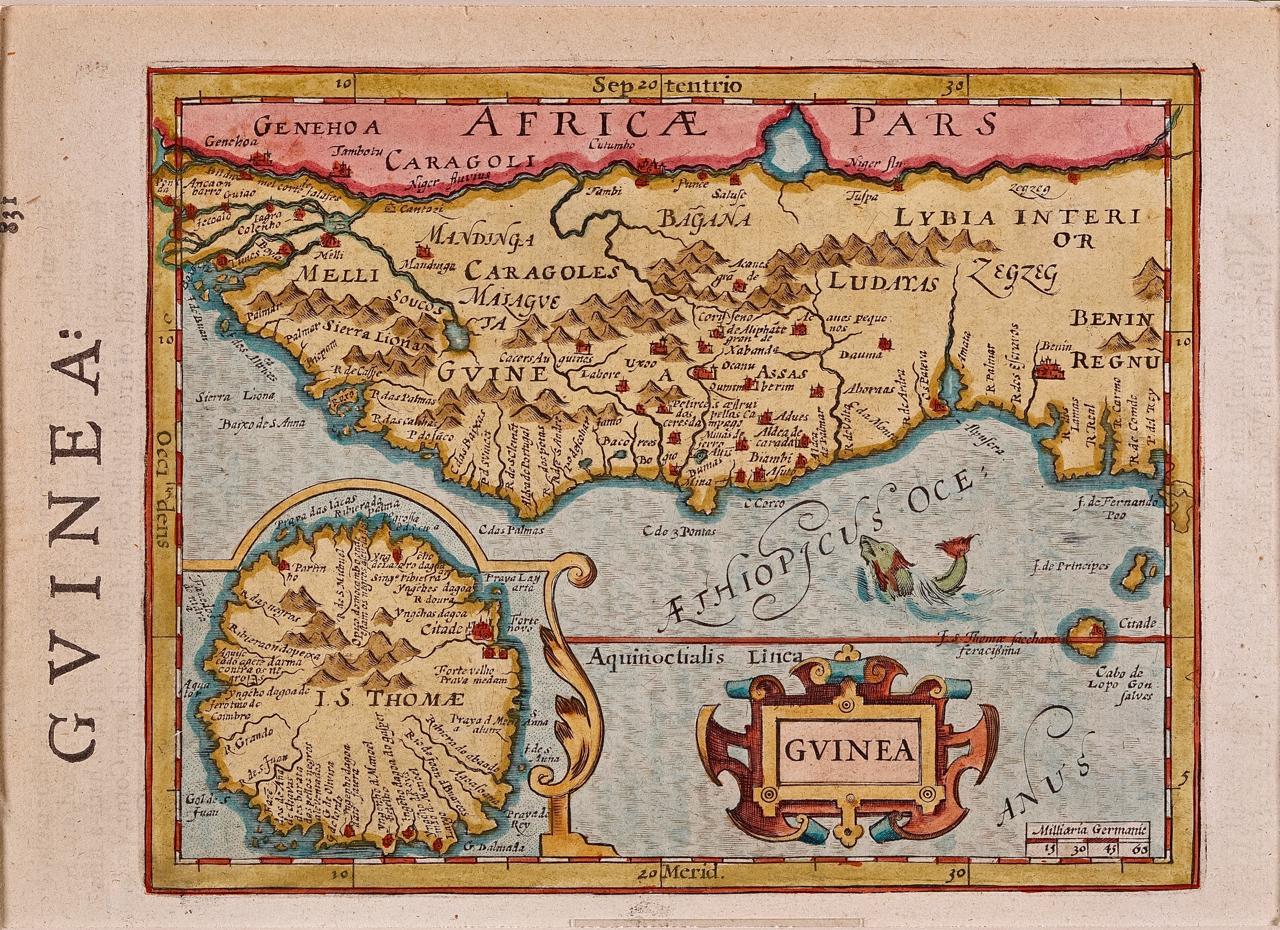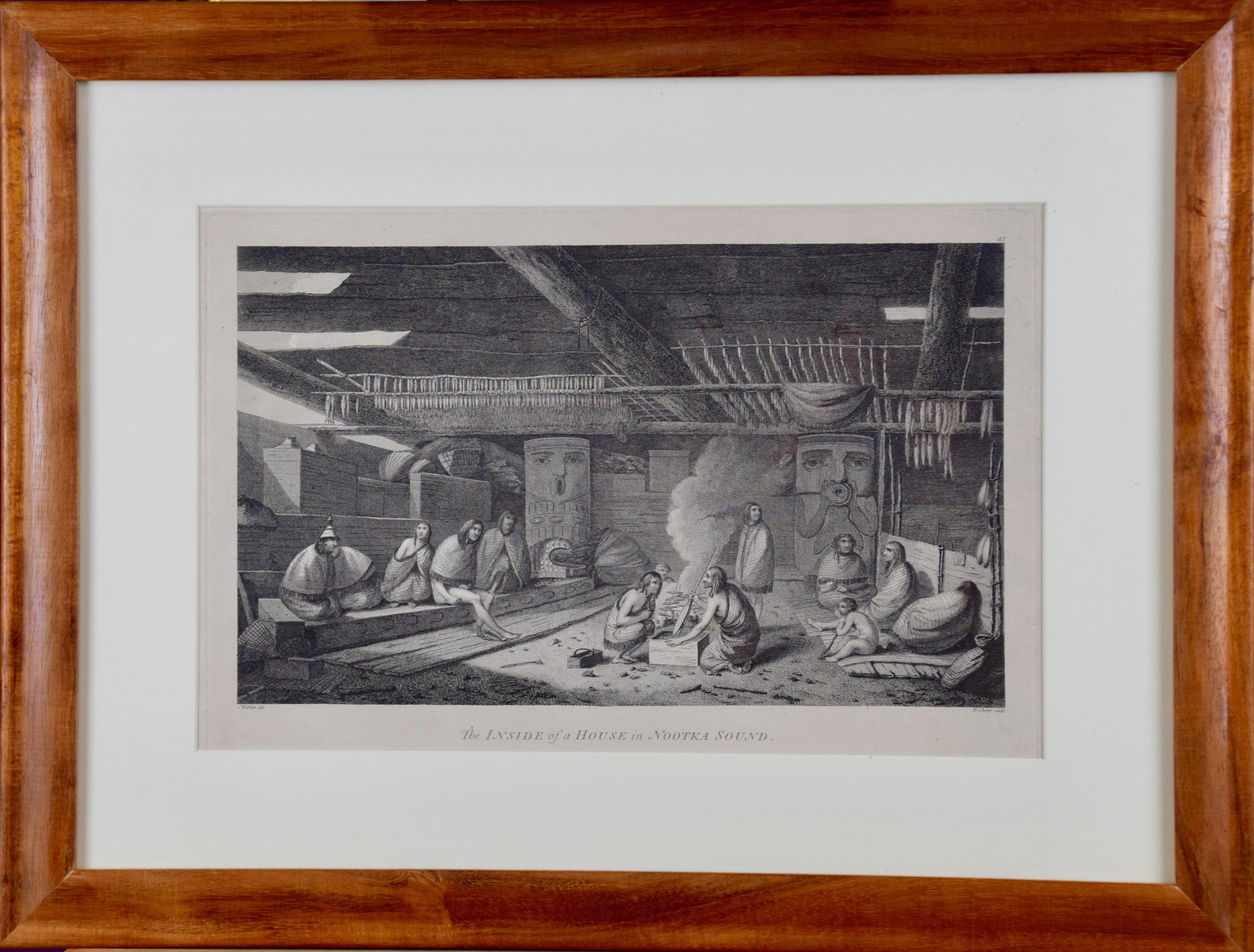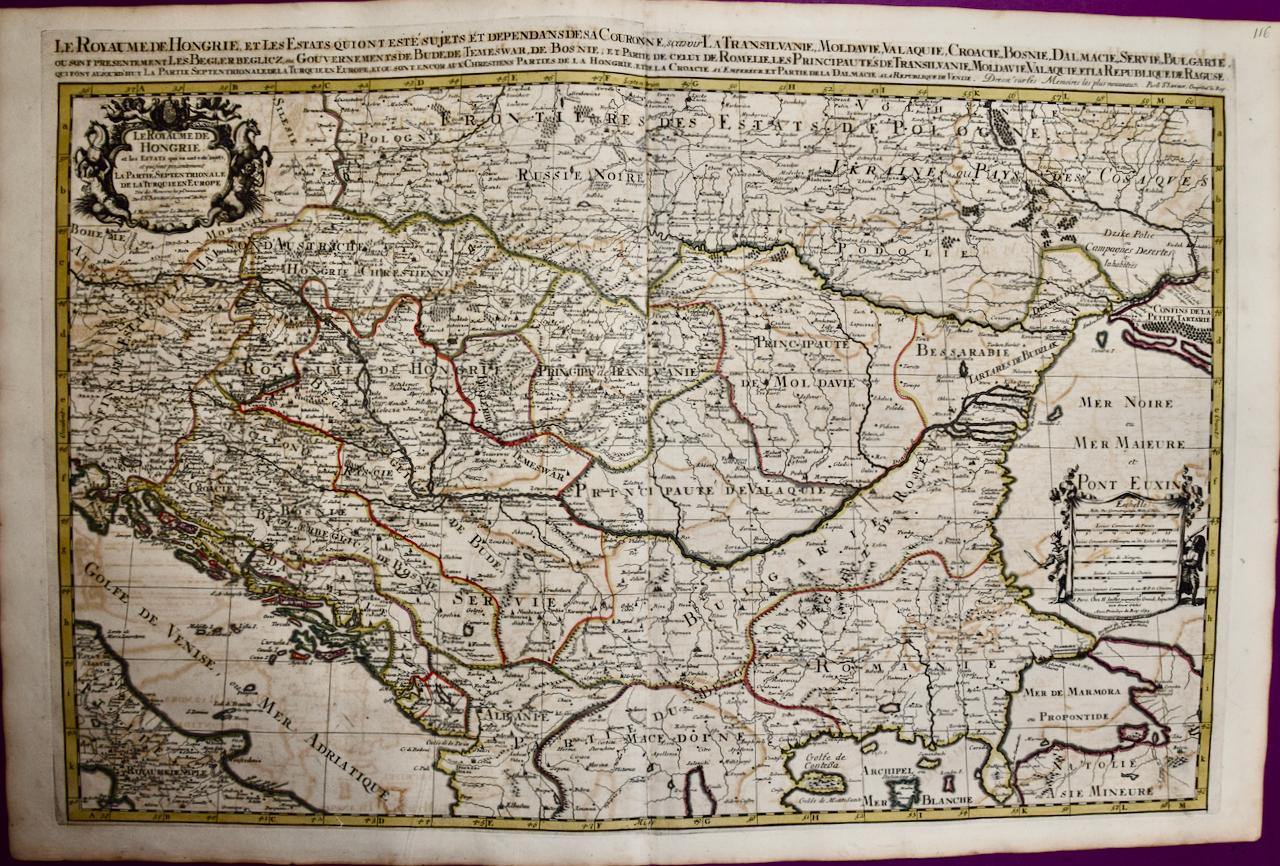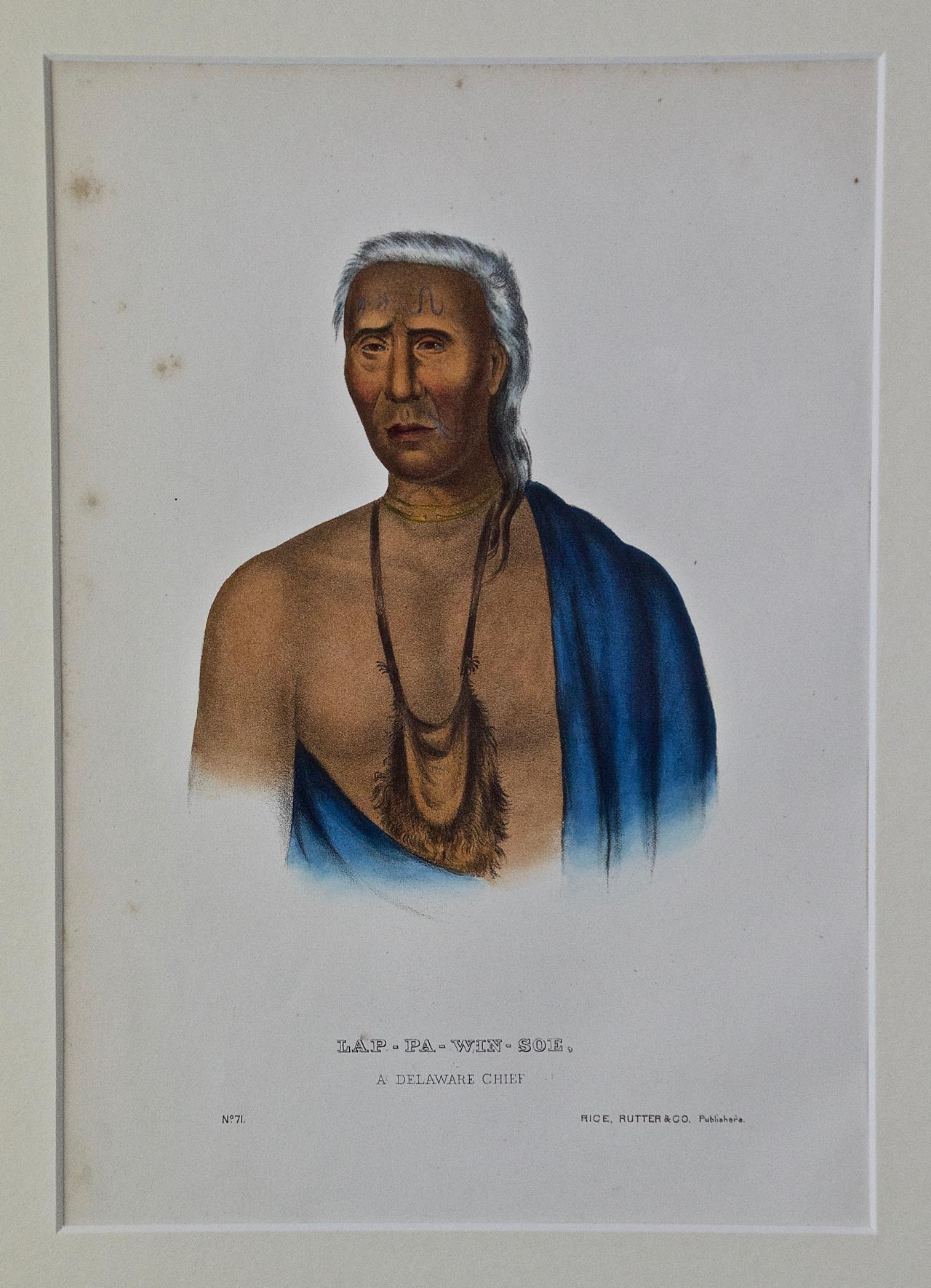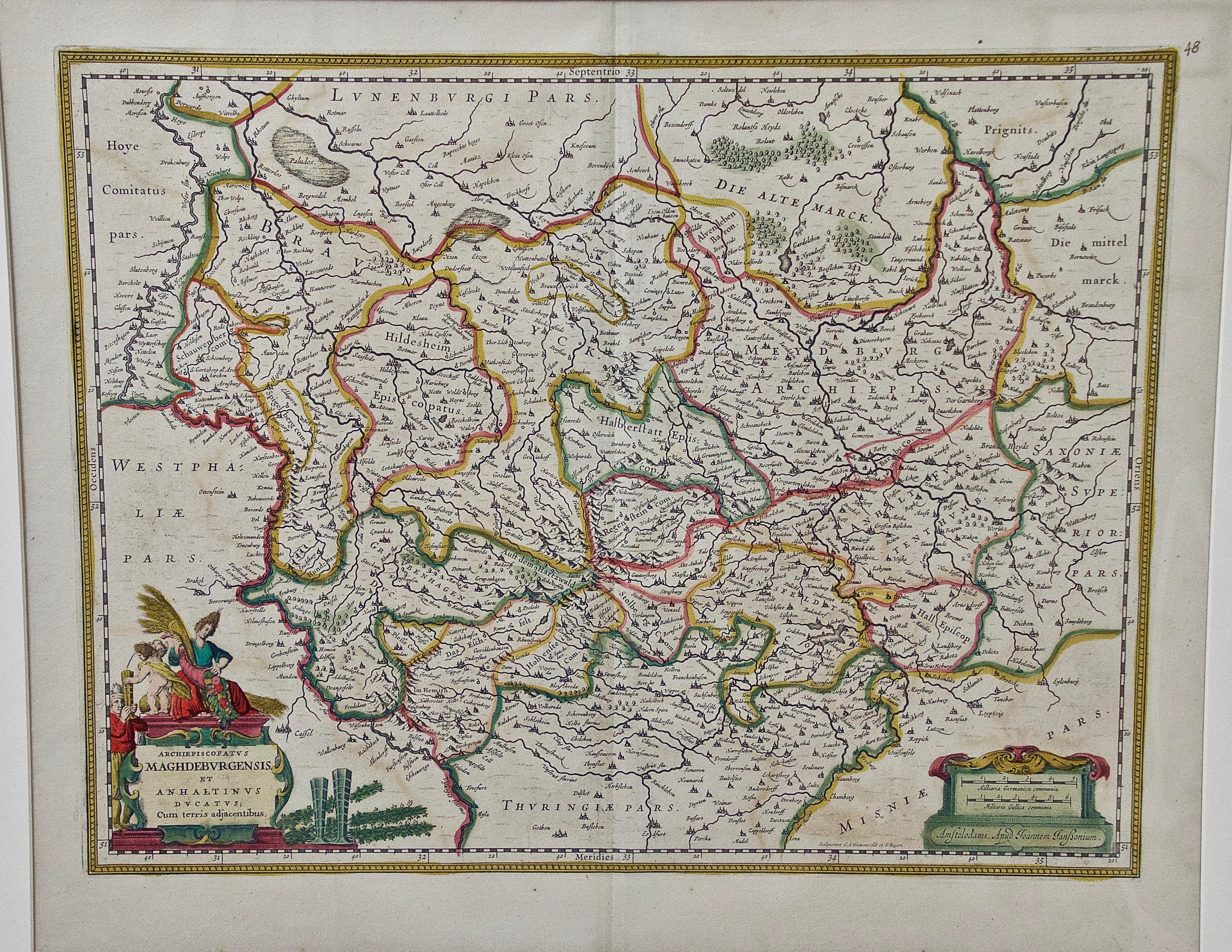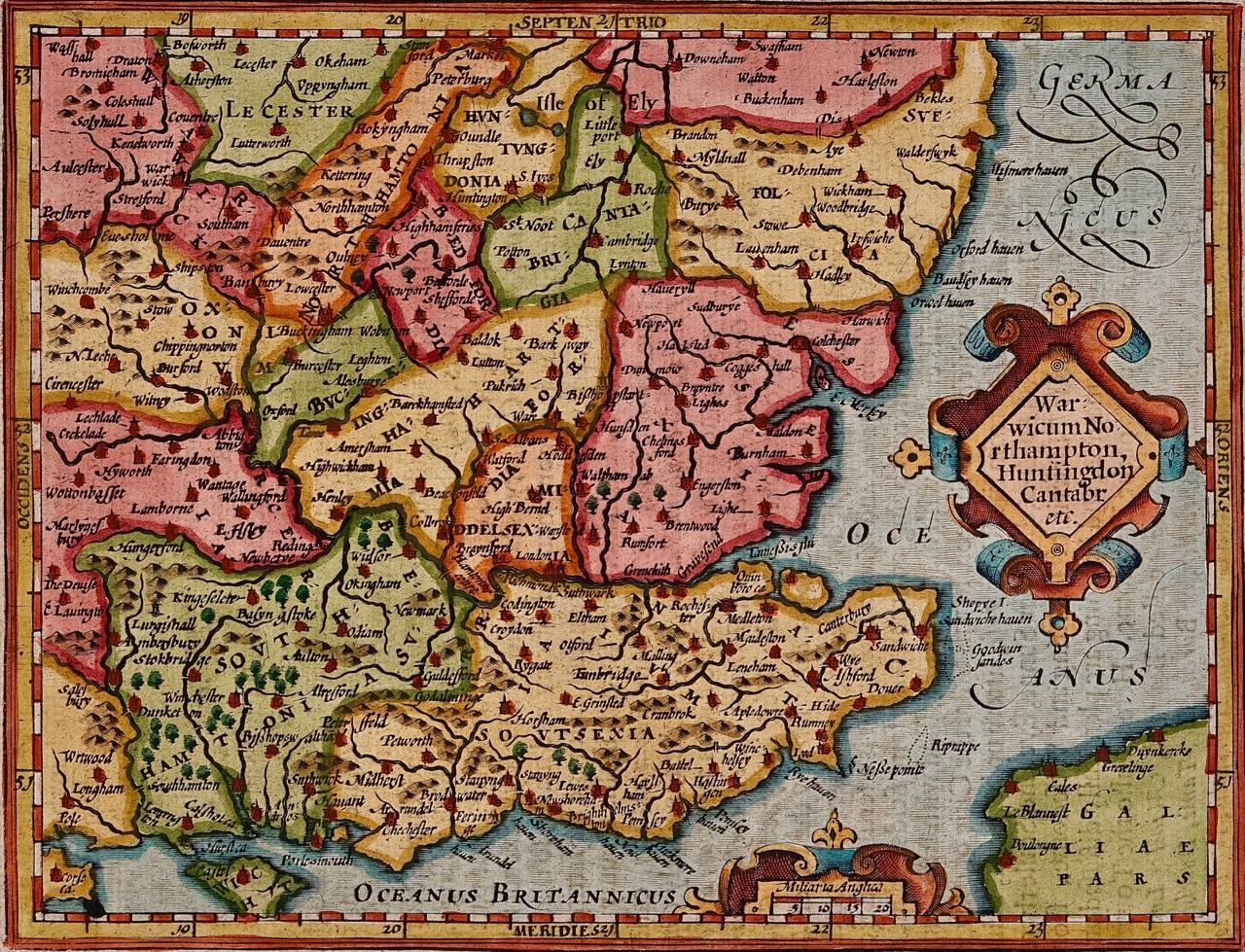Items Similar to "Moqui Dancers, Moqui Pipe, Navajo Cradle & Headdress" Engraving by Seth Eastman
Want more images or videos?
Request additional images or videos from the seller
1 of 10
Seth Eastman"Moqui Dancers, Moqui Pipe, Navajo Cradle & Headdress" Engraving by Seth Eastman1847
1847
About the Item
"Moqui Dancers, Moqui Pipe, Navajo Cradle & Headdress" is a hand-colored engraving by Seth Eastman. It depicts encyclopedic depictions of Native American culture. It was published by Lippincott, Grambo & Co., Philadelphia.
10 1/4" x 6 3/4" art
19 7/8" x 15 1/2" frame
Painter Seth Eastman is known primarily for his depictions of daily life among the Dakota and Ojibwa tribes in Minnesota. He was born to Robert and Sarah Lee Eastman on January 24, 1808, in Brunswick, Maine. Eastman attended the United States Military Academy at West Point, New York, where he received training in sketching and topography. While at West Point, he began to paint scenes featuring the daily life of local Native American tribes.
In 1830 Eastman was assigned to topography duty on the frontier and spent a short time at Fort Snelling before returning to West Point to teach. While at Fort Snelling, Eastman married Wakaninajinwin (Stands Sacred), the fifteen-year-old daughter of Cloud Man, a Dakota chief. Eastman left in 1832 for another military assignment soon after the birth of their baby girl, Winona, and declared his marriage ended when he left. Winona was also known as Mary Nancy Eastman and was the mother of Charles Alexander Eastman, author of Indian Boyhood.
From 1833 to 1840, Eastman taught drawing at West Point. In 1835 he married his second wife, Mary Henderson, the daughter of a West Point surgeon. In 1841 he returned to Fort Snelling as a military commander and remained there with Mary and their five children for the next seven years. It was during this time that Eastman began visually recording the everyday way of life of the Dakota and Ojibwa people. His wife Mary also became involved in preserving Indian culture by writing books on local tales and legends, which he would illustrate for her. The most important of these books was entitled Dacotah, or Life and Legends of the Sioux Around Fort Snelling.
The Prairie Opposite Nauvoo, 1848. Location No. AV1988.45.277, Negative No. 21167In 1847 Henry R. Schoolcraft, a former Indian agent, was chosen to conduct a study of the American Indian people. Eastman illustrated the six-volume set, published between 1851 and 1857 as Historical and Statistical Information Respecting the History, Condition, and Prospects of the Indian Tribes of the United States. The U.S. House of Representatives Committee on Military Affairs also commissioned Eastman to paint images of seventeen important military forts, which he completed between 1870 and 1875. These paintings are now housed in the Capitol Building in Washington, D.C.
Eastman died of a stroke while painting at his home in Washington, D.C., on August 31, 1875. Eastman's works are significant for Minnesota history because art historians believe that Eastman based many of his paintings and sketches on his observations in the Sioux villages of Kaposia and Little Crow, as well as in Scott, Wabasha, and Winona counties.
- Creator:Seth Eastman (1808 - 1875, American)
- Creation Year:1847
- Dimensions:Height: 19.875 in (50.49 cm)Width: 15.5 in (39.37 cm)
- Medium:
- Period:
- Condition:
- Gallery Location:Milwaukee, WI
- Reference Number:
About the Seller
4.9
Platinum Seller
These expertly vetted sellers are 1stDibs' most experienced sellers and are rated highest by our customers.
Established in 1966
1stDibs seller since 2017
388 sales on 1stDibs
Typical response time: 1 hour
- ShippingRetrieving quote...Ships From: Milwaukee, WI
- Return PolicyA return for this item may be initiated within 14 days of delivery.
More From This SellerView All
- "De Quoi! De Quoi! Votre Dot?, " an Original Lithograph by Honoré DaumierBy Honoré DaumierLocated in Milwaukee, WI"De Quoi! De Quoi! Votre Dot?" is an original lithograph 3/3 D. 390 (Charivari) by Honore Daumier. It depicts an odd-looking man and a beautifully-dressed woman in conversation. Ther...Category
Mid-19th Century Figurative Prints
MaterialsLithograph
- "And There Was Light" from the Genesis portfolio old testament bible landscapeBy Abel PannLocated in Milwaukee, WI"And There Was Light" is a reproduction giclée print on watercolor paper. It is based after the original lithograph made by Abel Pann. From Abel Pann's portfolio, "The Bible - Genes...Category
1920s Modern Landscape Prints
MaterialsGiclée
- "Graceful Touch, " original lithograph signed abstract floral peaceful vibrantBy Michael KniginLocated in Milwaukee, WI"Graceful Touch" is an original color lithograph by Michael Knigin. The artist signed the piece in the lower center, and wrote the title and "AP 1" (artist's proof #1). It features a...Category
1980s Abstract Abstract Prints
MaterialsLithograph, Ink
- Original Lithograph Signed Pop Art Floral Abstract Galaxy Space Celestial BrightBy Michael KniginLocated in Milwaukee, WI"Romeo's Paradise" is an original color lithograph by Michael Knigin. The artist signed the piece in the lower right then titled/editioned 130/300 in the lower left with graphite. It...Category
1980s Pop Art More Prints
MaterialsLithograph, Ink
- Black and White Etching Travel 1930's Realism Water Industrial Outdoors SignedBy Joseph MarguliesLocated in Milwaukee, WI"Fishing Boats Gloucester" is a soft ground etching created by Joseph Margulies. The artist signed this piece in the lower right margin with graphite. This piece depicts several fish...Category
1930s American Realist Landscape Prints
MaterialsInk, Etching, Aquatint
- 'Untitled' Poster Series Curated by Christophe Boutin and Mélanie ScarcigliaLocated in Milwaukee, WI26 1/4" x 18" art 28.25" x 20" frame Poster for Untitled, 2017 Poster Series Curated by Christophe Boutin and Mélanie Scarciglia for Untitled, Miami Beach, 2017.Category
2010s Still-life Prints
MaterialsDigital
You May Also Like
- West Africa: A 17th Century Hand-Colored Map by Mercator/HondiusBy Gerard MercatorLocated in Alamo, CAA 17th century hand-colored map entitled "Guineae Nova Descriptio" by Gerard Mercator and Jodocus Hondius, published in their 'Atlas Minor' in Amsterdam in 1635. It is focused on the...Category
1630s Landscape Prints
MaterialsEngraving
- "Inside of a House in Nootka Sound" (Canada) from Captain Cook's 3rd VoyageBy John WebberLocated in Alamo, CA"The Inside of a House in Nootka Sound" is an engraving created by William Sharp (1749-1824), from a drawing by John Webber (1752-1793), who was the artist on Captain James Cook's 3rd and final voyage of discovery. It is Plate 65 in "A Voyage to the Pacific Ocean Undertaken by the Command of His Majesty, for Making Discoveries in the Northern Hemisphere", the official British Admirality sanctioned journal published upon completion of the voyage in London in 1784 by Strahan & Cadell. This engraving is presented in a Koa wood frame and a white mat. There are occasional tiny faint spots, but the print is otherwise in very good condition. Koa wood is legendary in Hawaii. Not only is this amazing wood native to Hawaii, but it is known for the deep rich colors and varied grain pattern. Koa has an honored heritage in Hawaii and is highly revered and sacred. The word “koa” means “warrior” in Hawaiian. The warriors of King Kamehameha the Great, created canoes and weapons from a wood plentiful on the Big Island of Hawaii. This wood became synonymous with the warriors themselves, and it became known as koa. There are three other engravings listed form the official journal of Captain Cook's 3rd voyage available that are presented in identical Koa wood frames and mats. They would make a wonderful grouping for a display of 2, 3 or 4 prints. Please see listings: LU117324682432, LU117324684022, LU117324684062. A discount is available for a grouping depending on the number of items included. Nootka Sound is on the west coast of Vancouver Island, British Columbia, Canada. It was explored by Captain Cook in 1778 after he discovered Hawaii during his 3rd voyage. He originally named it King George's Sound, but did record Nootka Sound, which he thought was its native name. Hawaii was originally called The Sandwich Islands in honor of The Earl of...Category
1780s Realist Interior Prints
MaterialsEngraving
- Hungary & Eastern Europe: A Large 17th C. Hand-colored Map by Sanson & JaillotBy Nicholas Sanson d'AbbevilleLocated in Alamo, CAThis large hand-colored map entitled "Le Royaume De Hongrie et les Estats qui en ont este sujets et qui font presentement La Partie Septentrionale de la Turquie en Europe" was origin...Category
1690s Landscape Prints
MaterialsEngraving
- Lap-Pa-Win-Soe, Delaware Chief: Original Hand-colored McKenney & Hall EngravingBy McKenney & HallLocated in Alamo, CAThis is an original 19th century hand-colored McKenney and Hall engraving of a Native American entitled "Lap-Pa-Win-Soe, A Delaware Chief, No. 71", published by Rice, Rutter & Co. in...Category
Mid-19th Century Naturalistic Portrait Prints
MaterialsEngraving
- West Germany: Original Hand Colored 17th Century Map by Johannes JanssoniusBy Johannes JanssoniusLocated in Alamo, CAAn original hand colored copperplate engraved map entitled in Latin "Archiepiscopatus Maghdeburgensis et Anhaltinus Ducatus cum terris adjacentibus", published in Amsterdam in 1640 i...Category
Mid-17th Century Old Masters More Prints
MaterialsEngraving
- Southeastern England: A 17th Century Hand-Colored Map by Mercator and HondiusBy Gerard MercatorLocated in Alamo, CAA 17th century copperplate hand-colored map entitled "The Sixt Table of England" by Gerard Mercator and Jodocus Hondius, published in Amsterdam in 1635 in 'Cosmographicall Descriptio...Category
1630s Landscape Prints
MaterialsEngraving
Recently Viewed
View AllMore Ways To Browse
Pipe Antique
Engraving 19
Set 4 Engravings
Engravings Set Of 4
Antique Headdresses
Antique Headdress
Set Of 8 Engravings
Framed 8 Engravings
Engravings Set Of 6
Antique Cradles
Antique Cradle
Sets Of Colored Engravings
Engraving Print Children
Hand Colored Engraving Set
Set Of Six Engravings
Set Of Hand Colored Engravings
Brunswick Antique
7 Navajos
